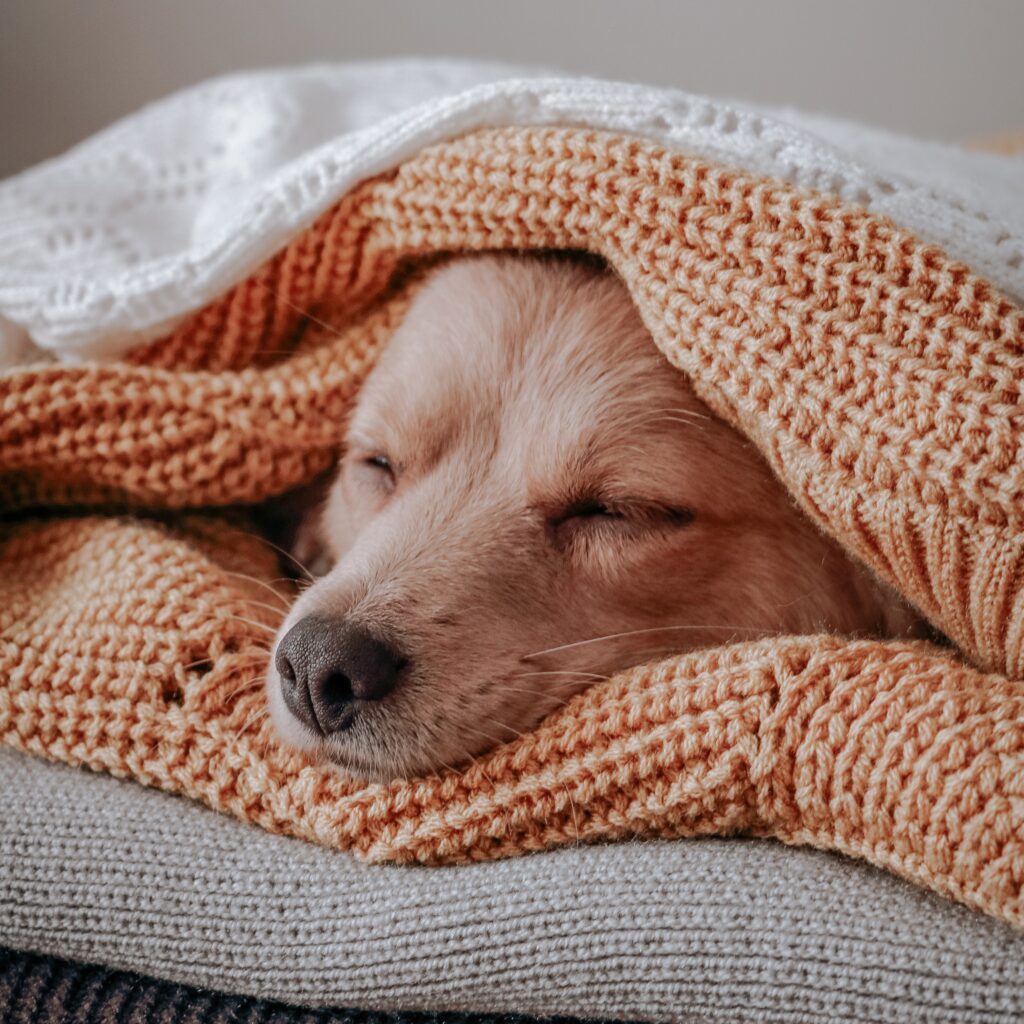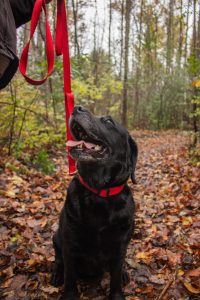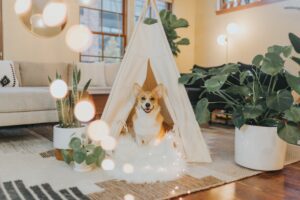Need help with Reactive Dog Behaviour? Join my FREE Facebook support group...
Could my dog have separation anxiety?
Over the last few weeks I’ve seen a big rise in separation anxiety cases with families who have only just discovered their dog has a problem. These aren’t necessarily puppies! Many of these are older dogs, so why are they only just realising now?
Lockdown changed everything. For many families, their dog suddenly benefitted from having company all day, every day. But that was only the start of it. Since lockdown ended, our lifestyles have changed so much that very often our houses aren’t actually ever empty. We shop online more, in fact online shopping has gone up by 50% compared to pre-covid levels; we now much prefer to have things delivered rather than collect them ourselves. A third of us are still working from home regularly. And of course, we just aren’t going out as much to bars, restaurants, clubs and cinemas. Many people are still preferring streaming services and home comforts, to nights out.
When you consider all that, you can see how easily it was for the situation to just never come up! Until that one day that it does, and suddenly you find out that your dog can’t cope! Maybe your neighbour comes to your door to complain about the noise, or you come home to the place completely trashed.

What does it look like?
Symptoms can be very mild. Maybe your dog doesn’t fully settle while you are away, or perhaps he barks for part of the time and then goes to bed.
In more serious cases, the fight or flight instinct is triggered. He might refuse to eat or drink. Or try soothing behaviours like chewing or obsessive licking. He could cry, pace, pant, drool, or toilet in the house – even though he is normally well house trained. Or he might show some escaping behaviours such as scratching at the doors and windows, destructive behaviours, and digging. When it gets to this stage, it’s quite likely he will become distressed as you prepare to leave, and he might even try and stop you from going altogether. In the absolute worst cases, you’ll see a combination of them all.
A dog with separation anxiety is quite likely to show a big and frantic reaction when you return too. They will probably greet you like you were gone forever – even if you’ve only been to the bins! They might also start gulping water, gobble up the treat you left them, scratch frantically or fetch you a toy!
It’s important to know that separation anxiety doesn’t have to come as a result of being left entirely home alone. Some dogs suffer from it when you are separated in the house, or if you are in the garden. And in extreme cases, there are some that can only relax if you are in actual physical contact with them. If you find yourself carrying your dog everywhere, then this is probably what’s happening.
Not to be confused with boredom or frustration
Boredom and frustration are often mistaken for separation anxiety, but there are differences. A bored dog might appear very busy all day and at times just plain naughty. He’s constantly on the go and doesn’t rest much. This dog needs plenty of mental stimulation so he can fully rest. It looks like separation anxiety because the worst of his behaviour will happen when he is most bored – ie when he’s by himself. He’s likely to be destructive, pace or cry.
A frustrated dog knows what he wants and how to get it. He might appear quite high maintenance as you are constantly having to play, let your dog out, or get treats, whenever he demands them! When you aren’t there he has no one to boss about. This frustration might look like a tantrum, he might bark and howl, and he’ll not like being restricted to a crate or behind a gate.
Separation Anxiety Facts
Did you know…? There are at least 9 types of separation related behaviour problems in dogs. But, despite it being the no.1 go-to piece of advice, only two can actually be helped by gradually building up alone time!
Some other separation facts…
🐾Only 2 kinds of separation problem will be improved with the introduction of a crate, 1 will be made dramatically worse, 3 could go either way, and 3 won’t be affected!
🐾None of the main causes of separation problems are caused by too much love and attention!
🐾Only 2 might get better with the introduction of extra toys (the other most common bit of go-to advice), but 1 will get significantly worse.
🐾Only one kind can be permanently solved by focusing on the separation problem alone! The other 8 all need extra support by working on the dogs general routine and behaviour outside of the separation time.
🐾Three kinds of separation problem can only be diagnosed by a full behavioural assessment. The underlying cause will not show in the dogs behaviour when alone, and if undiscovered the dogs overall behaviour and mental health will suffer.
🐾All nine separation related problems have different causes, but they can all present as destructive behaviour, barking and crying, pacing, and/or soiling.
Why do they get it?
There are a few reasons your dog might develop a separation anxiety problem. But, contrary to popular belief, being attached to you isn’t one of them. In fact, forming a stronger bond between you is very likely to form part of the solution!
Puppies naturally start off with it. With early exposure they should get used to being alone but if you don’t start early the fear will grow. If you haven’t left them for a long time, they may be out of the habit and no longer be able to cope. He’ll feel unsafe when he’s alone and is panicking as either hasn’t learned know how to cope, or can’t remember.
He might also be over protective of you. In this case he’ll want to keep you safe, and he can’t do this when he’s separated from you. He’ll pine for your return and might react in quite an extreme way when you return.
An unsettled routine can trigger separation anxiety too. Moving house, a change to the family structure, or being rehomed, are all possible causes. As is stress and anxiety at home, or within the family.

How can I help?
If your dog is becoming distressed, he won’t just get used to it, in fact it could get worse. Unless they have a calm experience while they are separated from you they will always fear being left. They need to get that relief of knowing they are ok before you return, otherwise, why would they ever get used to it?
I’ll help you figure out the root of the problem and address that with any other underlying issues. If you don’t solve these problems your training progress will be hindered or short lived.
The tricky thing about separation anxiety is that mostly it happens when you are gone. While your are away you are virtually powerless to affect their behaviour, or state of mind. So, all the work comes before and after. Setting them up in advance is essential to their best success. And managing the “after” is important too.
The process
Most separation problems are managed over a serious of face to face sessions and zoom follow-ups. As part of your separation anxiety rehabilitation plan we’ll establish establish which kind(s) of separation problem you are dealing with. We’ll discover your dogs triggers and predictors, reduce overall anxiety, change his expectations, and find his comfort zone, for managed and gentle progress. Every dog is different, but typically, it takes around 3-4 face to face sessions and a couple of zooms. These will be spread out to benefit your dog and maximise his progress.
It’s important to note that the problem will not be “fixed” at this stage. You’ll still have a little work to do to polish everything off and make the changes permanent. I’ll talk you through this at your final zoom, and support will remain in place for as long as you need it.
How can I help you with your dogs separation anxiety?
Private Dog Behaviour Consultations are currently available in the Dundee area and beyond. If you are looking for help solving your dogs behaviour and training problems, then please get in touch!


